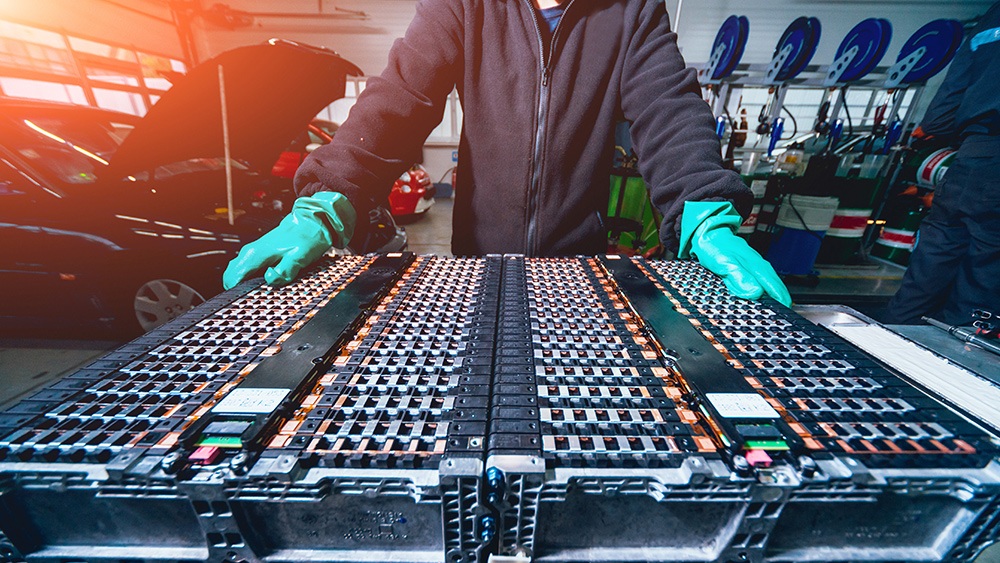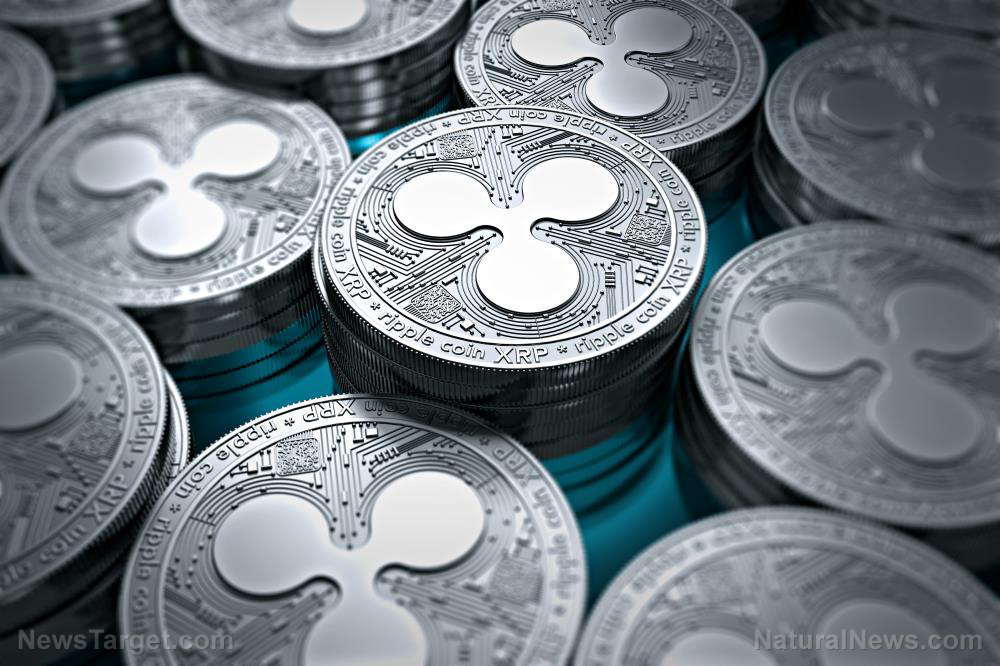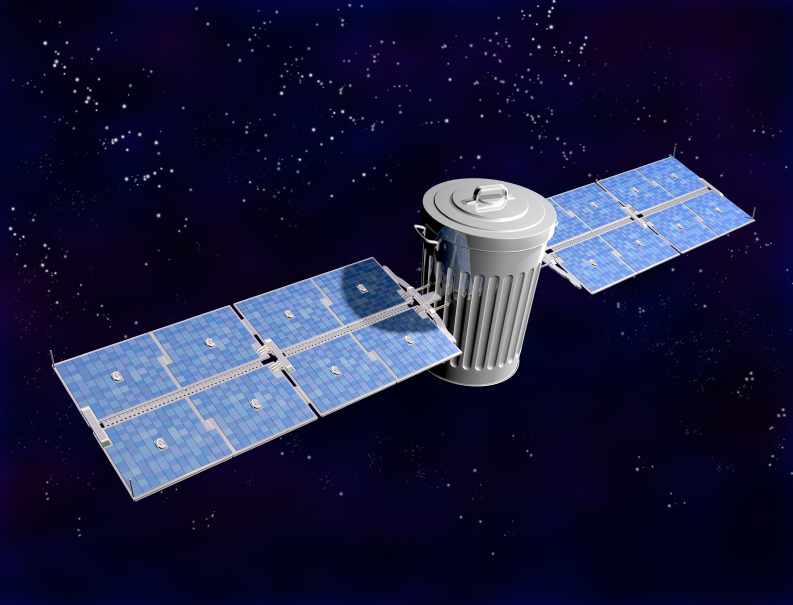Breakthrough in battery tech promises 20-minute charging and 1,500-cycle lifespan for EVs and grid storage
04/23/2025 / By Willow Tohi

- Researchers from POSTECH and KIER have created a groundbreaking anode material using nano-sized tin particles and hard carbon, enabling ultra-fast charging (20 minutes), high energy density and impressive longevity (90% capacity retention after 1,500 cycles).
- Traditional graphite anodes have a limited theoretical capacity of 372 mAh/g, restricting energy density and fast-charging capabilities. The new anode addresses these issues, potentially transforming EVs, grid-scale storage and portable electronics by reducing “range anxiety” and reliance on graphite.
- The anode is developed through a two-step synthesis process — sol-gel and thermal reduction — which evenly disperses tin nanoparticles within the hard carbon matrix. This design minimizes volume changes during charging cycles and enhances structural stability, leveraging tin’s high capacity while mitigating its drawbacks.
- The new anode achieves 1.5 times the volumetric energy density of graphite-anode batteries under fast-charging conditions and is compatible with sodium-ion batteries (SIBs), offering stable operation and rapid kinetics. This advancement is crucial for large-scale grid storage and reducing reliance on scarce lithium resources.
- The anode’s versatility could revolutionize EV design, enabling faster charging and longer ranges, and significantly benefit the energy sector by making SIBs economically viable for grid storage. This innovation highlights the potential of material science to accelerate the transition to sustainable energy solutions.
In a significant leap for battery technology, researchers from POSTECH (Pohang University of Science and Technology) and the Korea Institute of Energy Research (KIER) have developed a novel anode material that addresses longstanding challenges in energy storage systems. The team combined nano-sized tin particles with hard carbon, resulting in an anode capable of ultra-fast charging (20 minutes), high energy density and exceptional longevity — retaining 90% of its capacity after 1,500 cycles. This advancement, published in ACS Nano, could revolutionize electric vehicles (EVs), grid-scale energy storage and portable electronics by mitigating “range anxiety” and reducing reliance on conventional graphite-based anodes.
Bypassing graphite’s limits
Graphite has long been the dominant material for anodes in lithium-ion batteries (LIBs), valued for its structural stability. However, its theoretical capacity plateau — a mere 372 mAh/g — has constrained energy density and fast-charging capabilities. For EVs, this translates to long refueling times and limited range, while grid systems struggle to store surplus renewable energy efficiently.
The POSTECH-KIER solution targets these pain points by leveraging hard carbon, a disordered carbon matrix riddled with micropores that allow swift ion diffusion. Unlike ordered carbons, hard carbon’s chaotic structure can easily accommodate swelling during lithium or sodium insertion, fostering mechanical resilience. Yet, its energy storage potential remains underutilized. Enter tin: a metal with a theoretical capacity over ten times that of graphite but plagued by a flaw — 260% volume expansion during charging—that fractures electrodes over time.
“The key was to marry the robustness of hard carbon with tin’s high capacity,” said Dr. Gyujin Song of KIER. “Our nanoscale approach suppresses tin’s vulnerabilities while amplifying its strengths.”
A synergistic nano-composite
The team’s innovation hinges on a two-step synthesis: a sol-gel process followed by thermal reduction. This method disperses tin nanoparticles uniformly within the hard carbon matrix, with diameters under 10 nm — small enough to minimize volume changes during charge/discharge cycles.
Critically, tin acts not just as an active material but also as a catalyst. During thermal treatment, it triggers partial crystallization of nearby hard carbon, enhancing its structural order. This “co-catalysis” stabilizes the electrode, while reversible Sn-O bonds formed during electrochemical cycles contribute to extra capacity via conversion reactions.
Testing revealed extraordinary results: A lithium-ion cell with the new anode achieved a volumetric energy density 1.5 times that of graphite-anode batteries under 20-minute fast-charging conditions. Even after 1,500 cycles — equivalent to more than four years of daily charging — the capacity retention remained above 90%, surpassing benchmarks for commercial LIBs.
The anode also demonstrated compatibility with sodium-ion batteries (SIBs), reversing a longstanding limitation. Sodium ions, larger than lithium, typically react poorly with graphite, but the nanocomposite’s porous architecture enabled stable operation with rapid kinetics — a breakthrough for low-cost SIBs, which are increasingly critical for large-scale grid storage.
Implications for EVs and sustainable energy
The anode’s versatility promises to reshape industries. EV manufacturers could design batteries with faster charging and enduring cycles, easing consumer resistance to switching from gasoline to electric. Moreover, pairing the anode with high-voltage cathodes might further boost energy density, enabling longer range without bulky batteries.
For the energy sector, the material’s sodium-ion capabilities are game-changing. Sodium, abundant and affordable, has long been restricted by subpar energy storage. The new anode could make SIBs economically viable for utilities, reducing reliance on lithium, a resource already strained by EV demand.
“Imagine a grid where intermittent renewable energy is stored for days, not hours,” said POSTECH’s Prof. Soojin Park. “This breakthrough accelerates that future.”
Beyond the lab — scaling to a sustainable future
While the technology is promising, scaling from lab prototypes to mass production demands further study. The sol-gel process’s cost and scalability, along with long-term durability in extreme conditions, must be validated. Still, the Korean team’s work has established a new benchmark for electrode design, balancing power, energy and longevity.
As governments and industries recalibrate to meet net-zero targets, innovations like these underscore the urgent potential of material science. By bridging the gap between theoretical capacity and practical application, the POSTECH-KIER anode could soon power everything from electric sports cars to solar grid backup systems — and perhaps someday, a world less tethered to fossil fuels.
Sources include:
Submit a correction >>
Tagged Under:
battery power, breakthrough, discoveries, energy supply, future science, future tech, green living, innovation, inventions, new energy report, power, power grid, research, storable power, sustainable energy
This article may contain statements that reflect the opinion of the author
RECENT NEWS & ARTICLES
COPYRIGHT © 2017 FUTURE SCIENCE NEWS


















